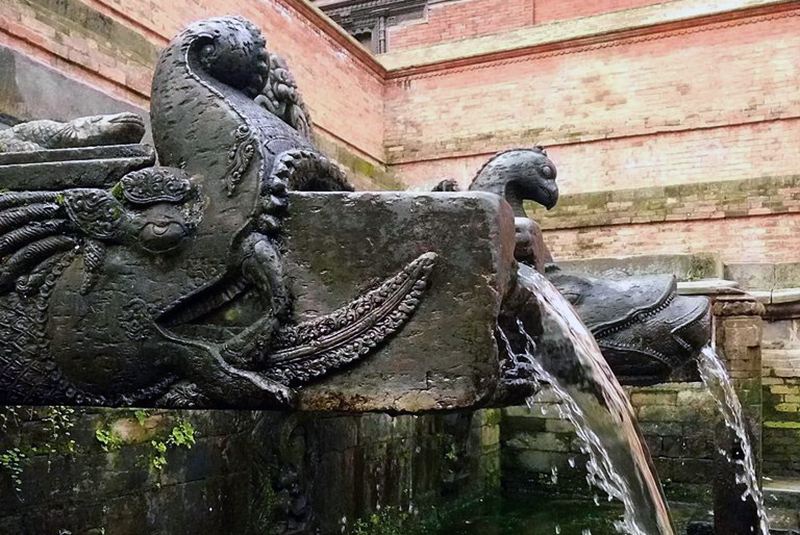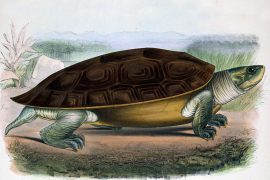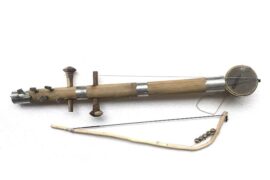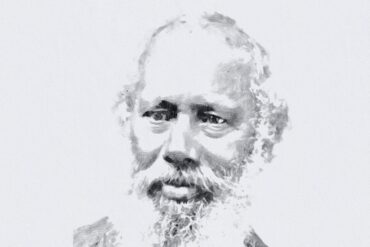More than a million years ago, when the world was still undergoing an Ice Age, the valley of Kathmandu was once a giant lake. But around 30,000 years back, the lake started to shrink. Ten thousand years ago, or around 8000 B.C., it was a dry, fertile valley. Today, it houses some of Nepal’s biggest cities – Kathmandu, Bhaktapur and Lalitpur. The memory of the lake lives on through an ancient water supply – the Dhunge Daras.
Elaborately carved stone spouts, with heads of animals such as the cows, goats, elephants, tigers and most commonly, the Maraka (crocodile). Considered to be the vehicle of the river Ganga, the Maraka is revered in India and Nepal alike.
The spouts draw their water from an underground network that circulates and purifies water. It keeps water warm in the winters, and cool during the summers. But where there were once 339 spouts serving the entire population of the valley, now fewer than 233 natural water spouts remain – managing just a tenth of the valley’s water needs. The others either dried up, were destroyed, or now connect to municipal water.
The water spouts are an ancient water management system, from a time of greater acumen in handling municipal issues. Maintained well – by barring the use of soap and the washing of clothes in the hitis (the wells in front of the spout) – these serve as ample sources of drinking water. But since the advent of piped water in 1896, the locals have been making do with water supplied by local municipalities. But for many, particularly the poor, the ancient water spouts remain the only free and reliable source of water.
Copyright©Madras Courier, All Rights Reserved. You may share using our article tools. Please don't cut articles from madrascourier.com and redistribute by email, post to the web, mobile phone or social media.Please send in your feed back and comments to [email protected]











